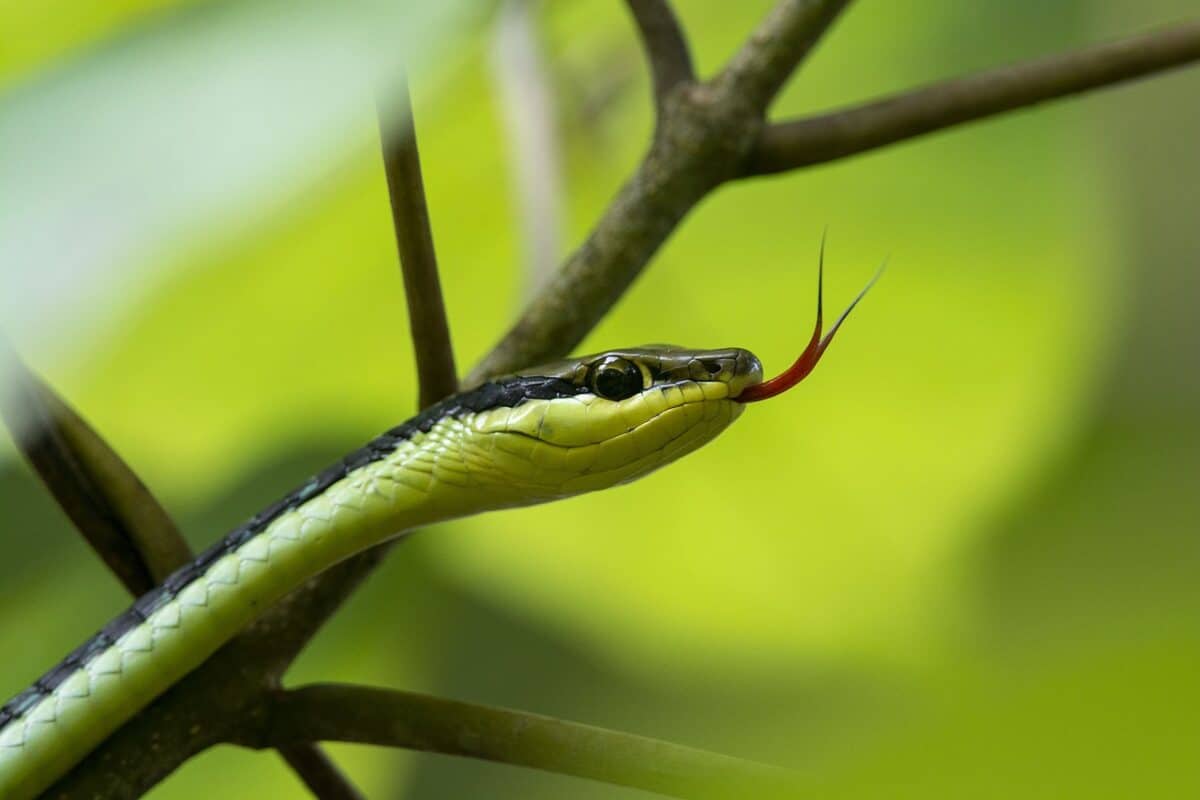Snakes have long fascinated and mystified humans with their stealthy movements and unique adaptations. Among these adaptations, one of the most intriguing is the ability of some snake species to perceive infrared radiation—a kind of ‘heat vision.’ This remarkable capability allows them to detect warm-blooded prey even in complete darkness. Let’s embark on a journey to uncover the secrets behind this fascinating trait and explore how these snakes wield their heat vision in the wild.
The Science Behind Heat Vision

Heat vision, scientifically referred to as infrared sensing, is a biological marvel found in certain snakes, such as pit vipers, pythons, and boas. These creatures possess specialized pit organs located between their eyes and nostrils. These organs can detect the infrared radiation emitted by warm-blooded animals, allowing snakes to ‘see’ heat. The process involves nerve cell membranes within the pits responding to temperature changes, enabling these snakes to distinguish the varying heat signatures of potential prey.
Evolutionary Advantage: Why Develop Heat Vision?
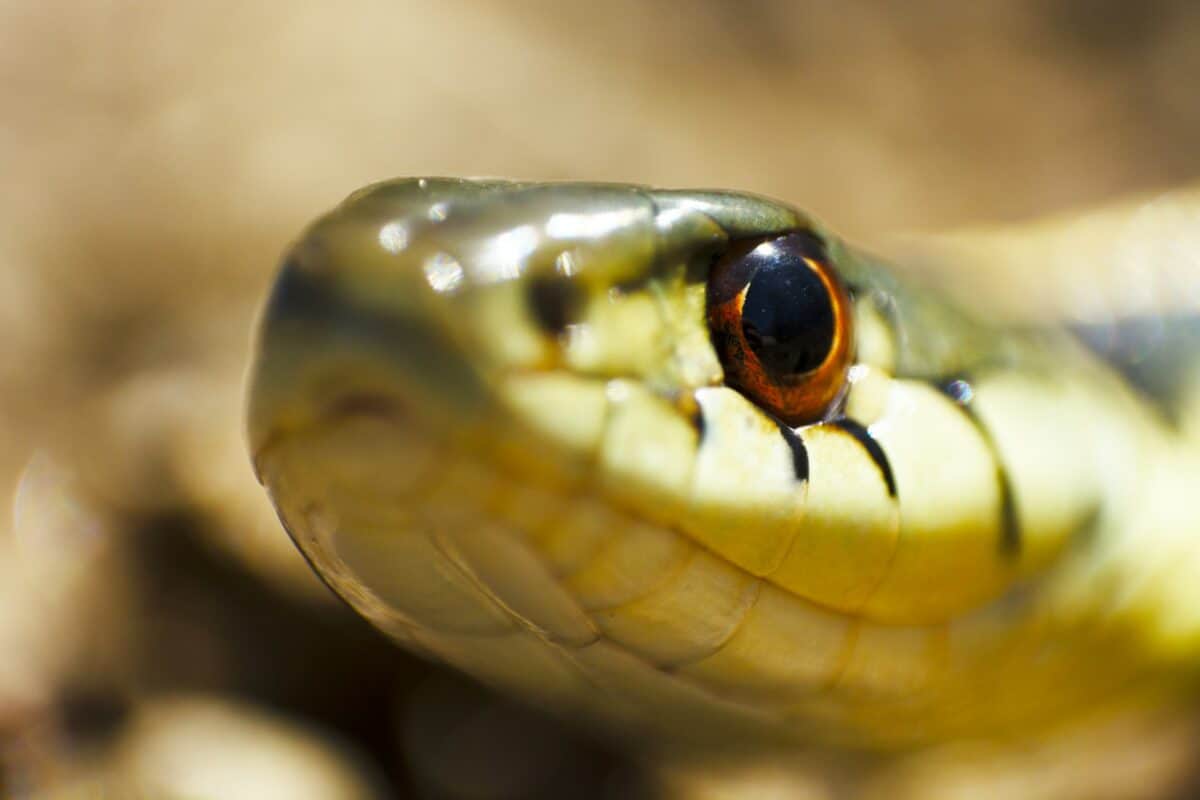
The evolution of heat vision in snakes is primarily a survival strategy. Many of these snakes are nocturnal hunters, operating in low-light environments where relying on traditional vision is insufficient. The ability to detect heat signatures provides a significant advantage, allowing these predators to hunt effectively at night. This adaptation has likely driven the evolutionary success of snakes possessing pit organs.
The Structure of Pit Organs

Pit organs are complex structures that are incredibly sensitive to slight temperature changes. These membrane-covered cavities can detect temperature differences as minimal as a fraction of a degree Celsius. This sensitivity is crucial in dense environments where prey may be camouflaged or hidden among foliage. The pit organs operate somewhat independently from the snake’s eyes, offering a unique sensory dataset that complements visual information.
Integration with Other Senses: A Complete Hunting Toolkit
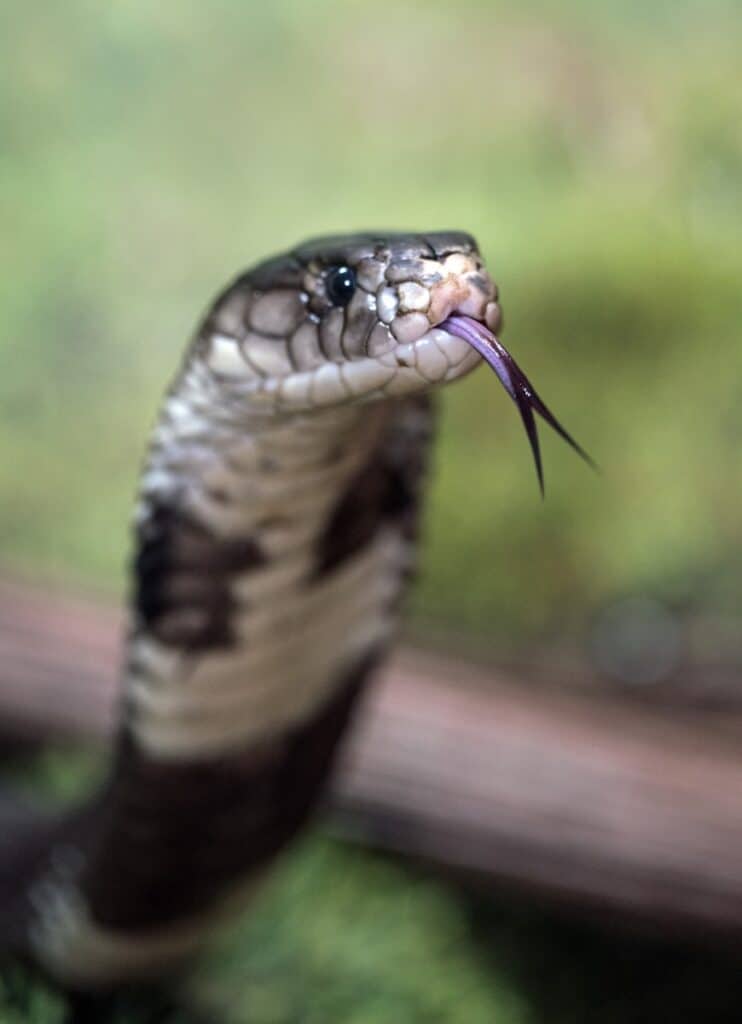
Snakes do not rely on heat vision alone. They have an array of senses that work together to create a comprehensive hunting toolkit. For instance, their forked tongues collect scent particles, which are analyzed by the Jacobson’s organ, a specialized olfactory structure. The combination of pheromones, movement detection, and thermal imaging creates a detailed map of the snake’s surroundings, facilitating precise and successful hunting.
How Snakes Identify Prey in the Dark

In total darkness, heat vision becomes a snake’s primary guide. When a warm-blooded animal such as a rodent moves nearby, its body emits infrared radiation. The snake’s pit organs pick up this radiation, constructing an infrared map that enables the snake to identify the prey’s position, movement, and size. By sensing variations in heat, a snake can strike with impressive accuracy, even when its prey is hidden from direct line of sight.
Species Known for Their Heat Vision

Prominent examples of snakes with heat vision include the pit vipers—such as rattlesnakes and copperheads—and some species of boas and pythons. These snakes are widely distributed, with pit vipers primarily found in the Americas and various pythons and boas inhabiting tropical regions across Africa, Asia, and the Americas. Each of these species has adapted its heat-sensing capabilities to suit its specific ecological niche.
Heat Vision and Defensive Behavior
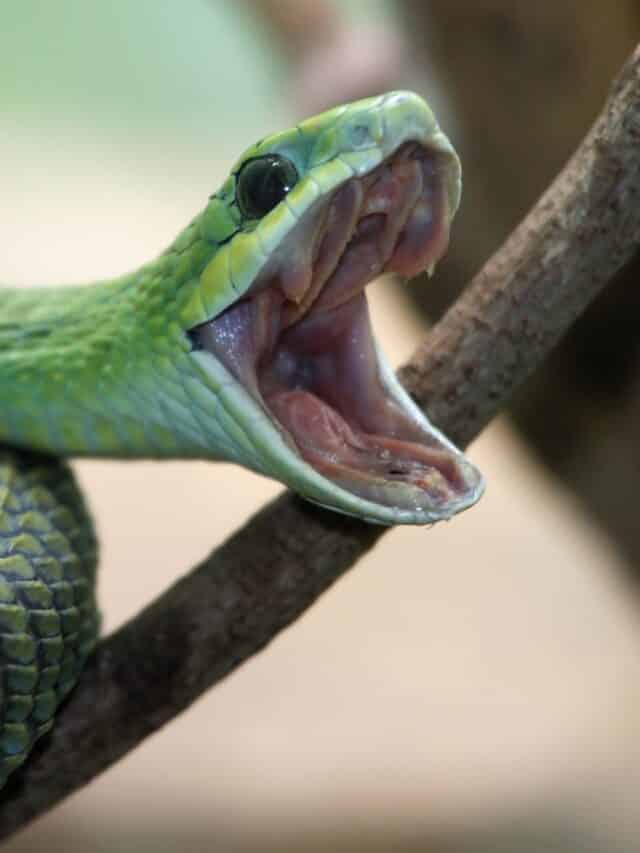
While primarily used for hunting, infrared sensing can also aid in defensive behaviors. By detecting warm bodies, snakes can discern potential threats, prepare their defenses, or escape if necessary. This dual-purpose use makes heat vision a versatile adaptation in both offensive and defensive scenarios, maintaining the snake’s safety and efficacy as a predator.
Research and Technological Inspirations

Scientists have been studying snake heat vision to draw parallels in technological advancements. The unique thermal detection abilities of snakes have inspired innovations in infrared technology, leading to enhancements in night-vision equipment and thermal imaging cameras. Understanding how these reptiles process thermal information can drive technological developments that mimic their natural abilities for use in diverse fields such as security and wildlife conservation.
Conservation Status and Importance
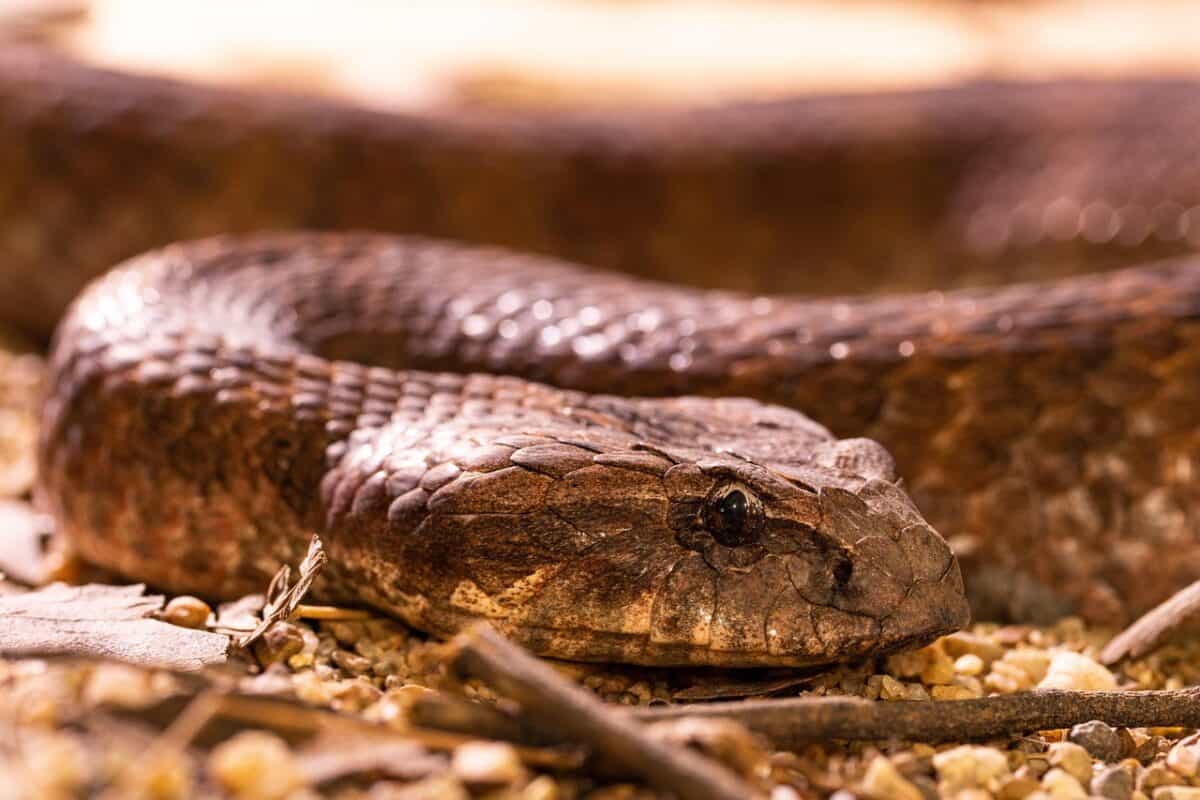
Many heat-sensing snakes face threats from habitat destruction and human activities. Conservation efforts are essential to preserve these unique creatures and the vital roles they play in maintaining ecological balance by controlling the populations of rodents and other small animals. Protecting their habitats ensures the survival of these snakes and helps sustain the biodiversity of the ecosystems they inhabit.
The Role of Heat Vision in Modern Ecology

Heat vision plays a crucial role in modern ecology by influencing predator-prey dynamics. Snakes that use infrared sensing help maintain prey populations, prevent overgrazing, and contribute to soil health through their feeding activities. These ecological contributions highlight the interconnectedness of species and the significance of preserving snake populations within their natural habitats.
The awe-inspiring ability of some snakes to ‘see’ heat showcases the incredible adaptations evolved by these reptiles to thrive in various environments. Understanding and appreciating this unique adaptation not only enhances our knowledge of nature, but also underscores the importance of conservation efforts to protect these remarkable creatures. By embracing and preserving our diverse wildlife, we contribute to a healthier, more balanced, and wondrous world.
- 10 Creatures That Can Survive in the Harshest Places on Earth - August 19, 2025
- This Whale Sings in a Unique Pitch - August 19, 2025
- 10 Ways Dogs Know Their Owners Are Sick Before Doctors Do - August 19, 2025

